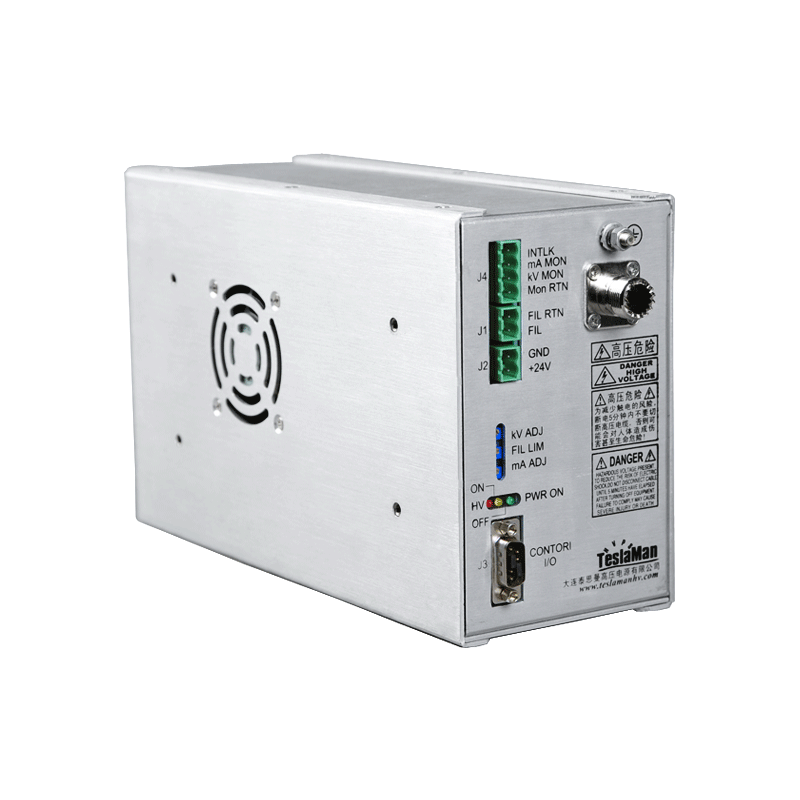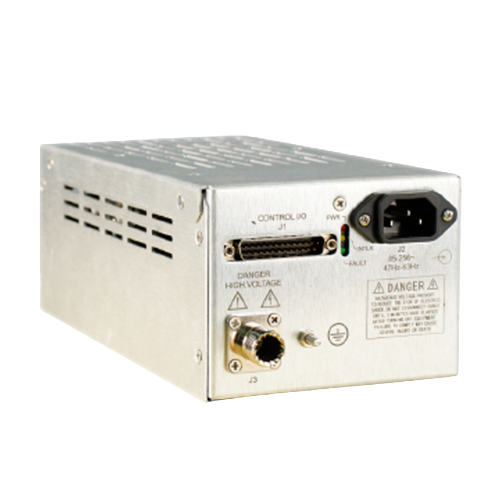Reliability Analysis of High-Voltage DC Power Supplies in Electrical Equipment
In the modern electrical equipment system, high-voltage DC power supplies have become the core power source for the operation of many key devices due to their stable power output and flexible control performance. However, their reliability is directly related to the safety and stability of the entire electrical system. Therefore, in-depth analysis of the reliability of high-voltage DC power supplies in electrical equipment is of great practical significance.
The reliability of high-voltage DC power supplies primarily depends on their topological structures and core components. Although complex topological structures can achieve more efficient power conversion, they also increase the complexity and failure risks of the system. For example, in multi-stage conversion circuits, while improving output stability, a failure in any single component may trigger a chain reaction. Core components such as power semiconductor devices and filter capacitors directly affect the reliability of the power supply. Semiconductor devices, when operating under high voltage and high current conditions for an extended period, are prone to aging, thermal failure, and other issues. The electrolyte drying out and increased dielectric loss in filter capacitors can lead to increased output ripple and reduced power supply quality.
External environmental factors also pose challenges to the reliability of high-voltage DC power supplies. Environmental variables such as temperature, humidity, and electromagnetic interference can accelerate the aging and performance degradation of internal components of the power supply. High temperatures increase the conduction loss and junction temperature of semiconductor devices, shortening their service life. High humidity environments may cause circuit boards to become damp and reduce insulation performance. Strong electromagnetic interference can disrupt the control signals of the power supply, causing abnormal output fluctuations. In addition, changes in operating conditions such as grid voltage fluctuations and sudden load changes also impact the stability of the power supply.
To enhance the reliability of high-voltage DC power supplies in electrical equipment, measures need to be taken from multiple dimensions. During the design phase, topological structures should be optimized, and redundant design schemes should be adopted. When a critical component fails, the backup module can take over operations in a timely manner, reducing the risk of system downtime. Additionally, high-reliability components should be selected, and strict aging tests and screening should be carried out to ensure stable operation under complex conditions. In the manufacturing process, production processes must be strictly controlled, and quality inspection of soldering and three-proof treatment of circuit boards should be strengthened to improve the environmental adaptability of the power supply.
In terms of operation and maintenance, intelligent monitoring technologies should be introduced. Sensors are used to collect parameters such as voltage, current, and temperature of the power supply in real-time. Big data analysis and fault prediction algorithms are employed to identify potential fault hazards in advance, enabling preventive maintenance. Moreover, a comprehensive power protection mechanism, including overvoltage protection, overcurrent protection, and short-circuit protection, should be established to quickly cut off the power supply in case of abnormal situations and prevent the expansion of failures.
As electrical equipment evolves towards high power and intelligence, the requirements for the reliability of high-voltage DC power supplies will continue to increase. Only by controlling the entire life cycle, including design, manufacturing, and operation and maintenance, and comprehensively considering internal structures and external environmental factors, can high-voltage DC power supplies operate continuously and stably in electrical equipment, laying a solid foundation for the safe and reliable operation of modern electrical systems.




















